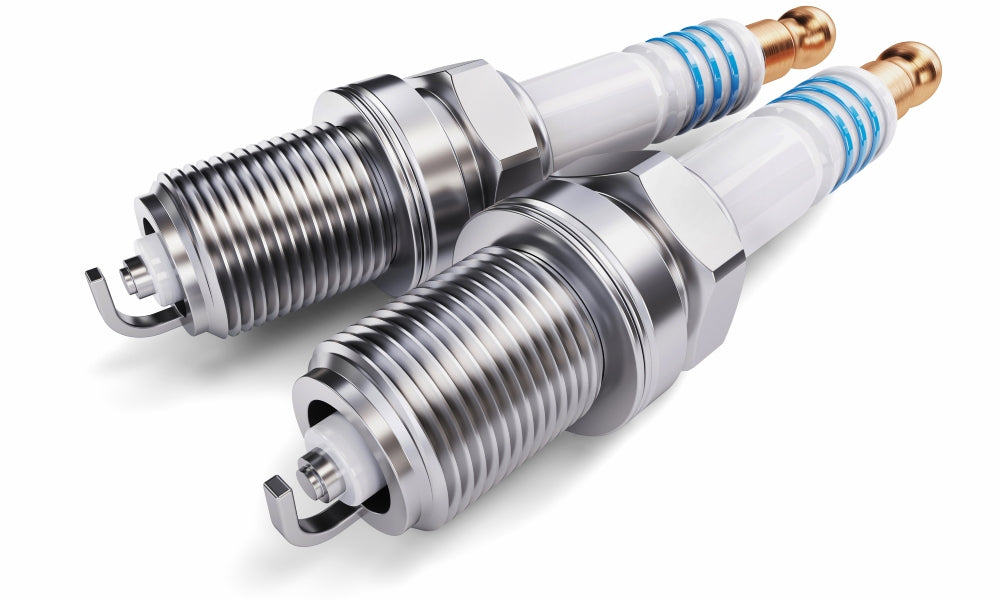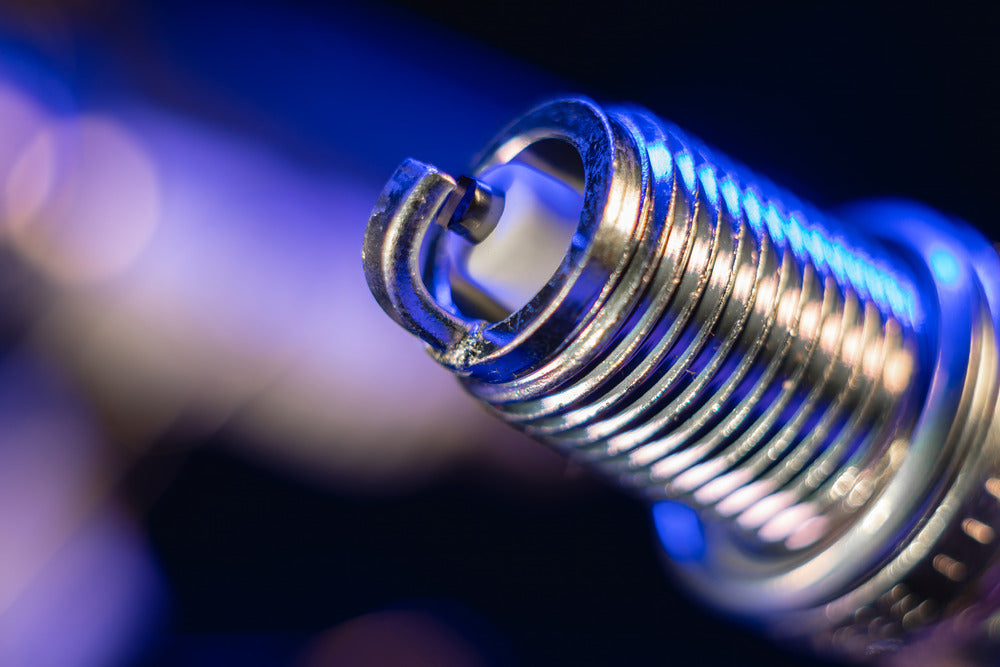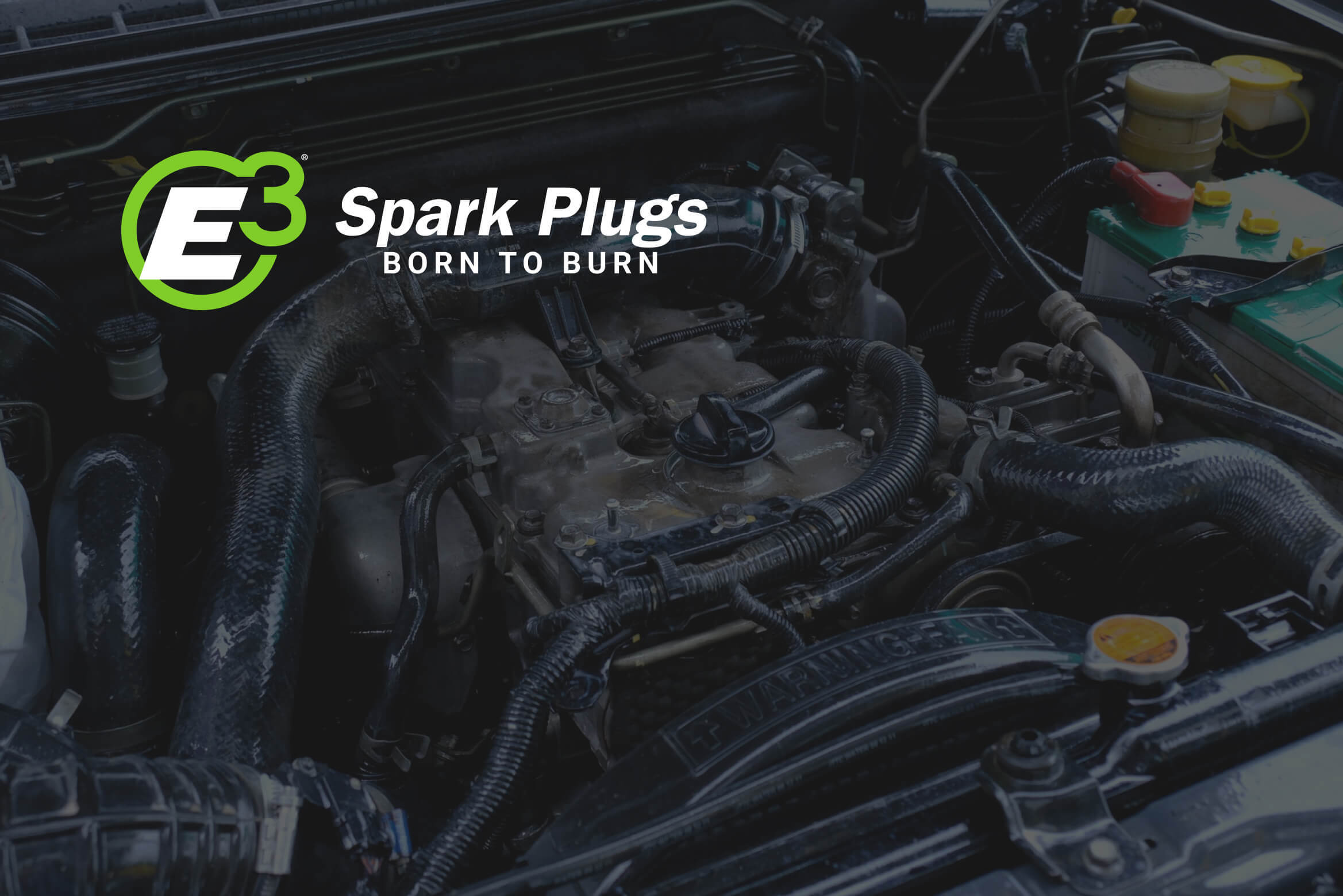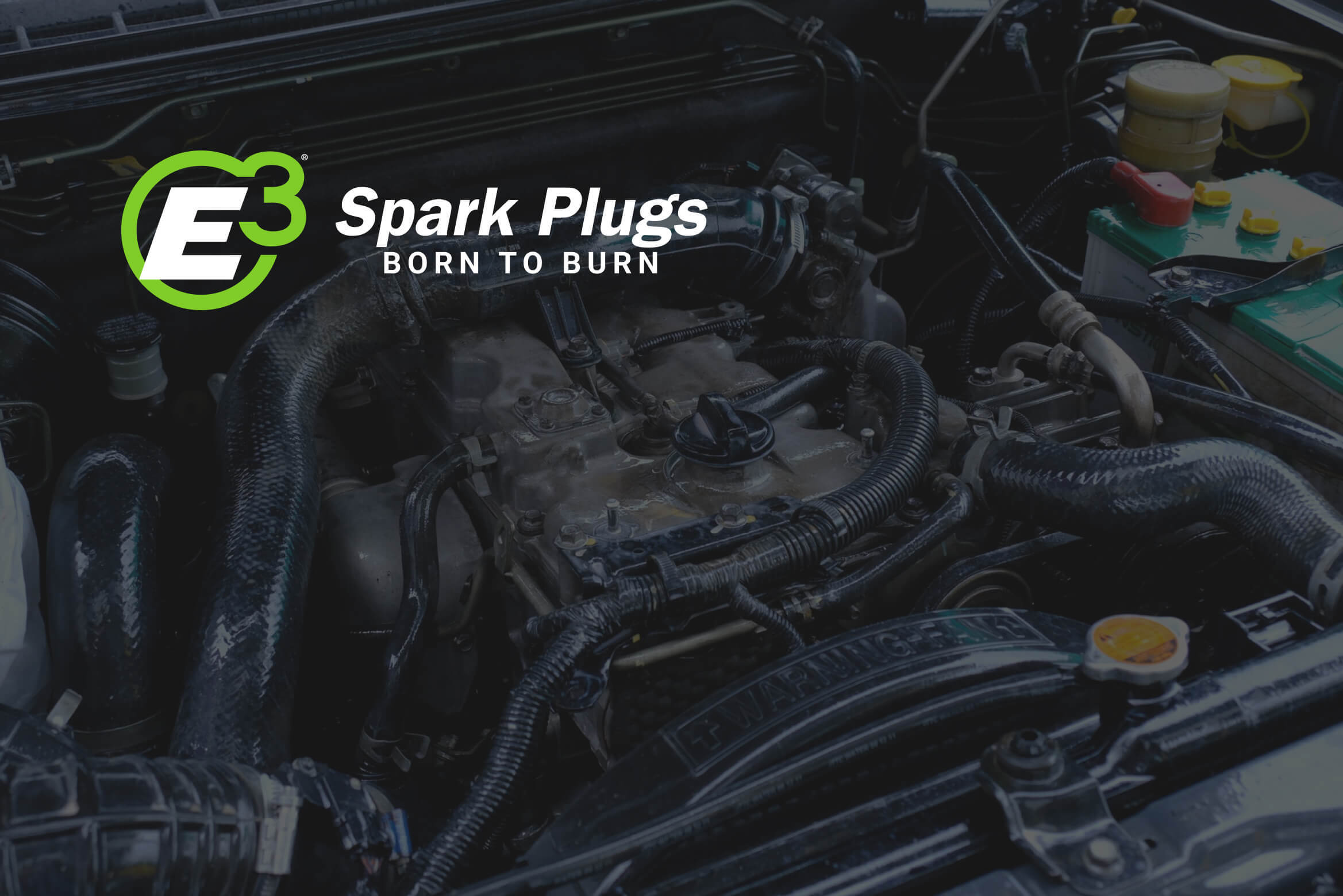
If you or your car are old enough to rust, getting a "tune up" for your vehicle meant very definitive things would be done to the engine. Nowadays, many of the old school components that needed routine maintenance and service just don't exist, or exist as a digital part that either works or needs to be replaced. However, the basic functions of a combustible engine really haven't changed that much. You need a balance of three things to make a motor come to life and produce power. These are air, fuel and fire.
Traditional Tune Up
An old-fashioned tune up consisted of examining, cleaning and sometimes replacing parts that affected the flow of fuel, air and fire to an engine. This usually started with checking the air filter, which is still an important item for today's checklist. After that, the distributor that managed the timing of electrical impulses sent to the spark plugs was checked and the rotor, points and/or distributor cap might be replaced. This would lead to the inspection of the ignition wires and spark plugs. In the old days, the plugs were often cleaned, gapped and reinstalled. If the engine was performing poorly, the spark plug wires and coil would be checked and replaced accordingly. The generator or alternator belt was checked and the engine's ignition timing and idle speed were set. If certain tell-tale signs were noticed, the compression in each cylinder would be tested.
Modern Day Tune Up
Most of today's cars and trucks have engines that are computer controlled, which has changed what a tune up encompasses. Most modern cars have no distributor. Instead, the ignition is triggered by timing wheels off the engine's crankshaft. Many vehicle engines still have a single coil, others share a coil between two cylinders and some have a coil for each spark plug. Unless a failure occurs, the only things to be replaced are spark plugs, ignition wires, fuel filters, PCV valves and air filters. A majority of ignition functions are controlled and adjusted via a computer setting. Based on how the engine is performing, it is still prudent to test cylinder compression when the plugs are removed.
Many auto manufacturers claim that a new car today may not need a tune up for 100,000 miles. We think there should be a check up (a modern day tune up) every 30,000 miles to take a look at the basics along with hoses, belts, fluids and filters. In addition, just because a part can last for extended mileage doesn't mean that it is still capable of performing at 100% for those additional miles.







